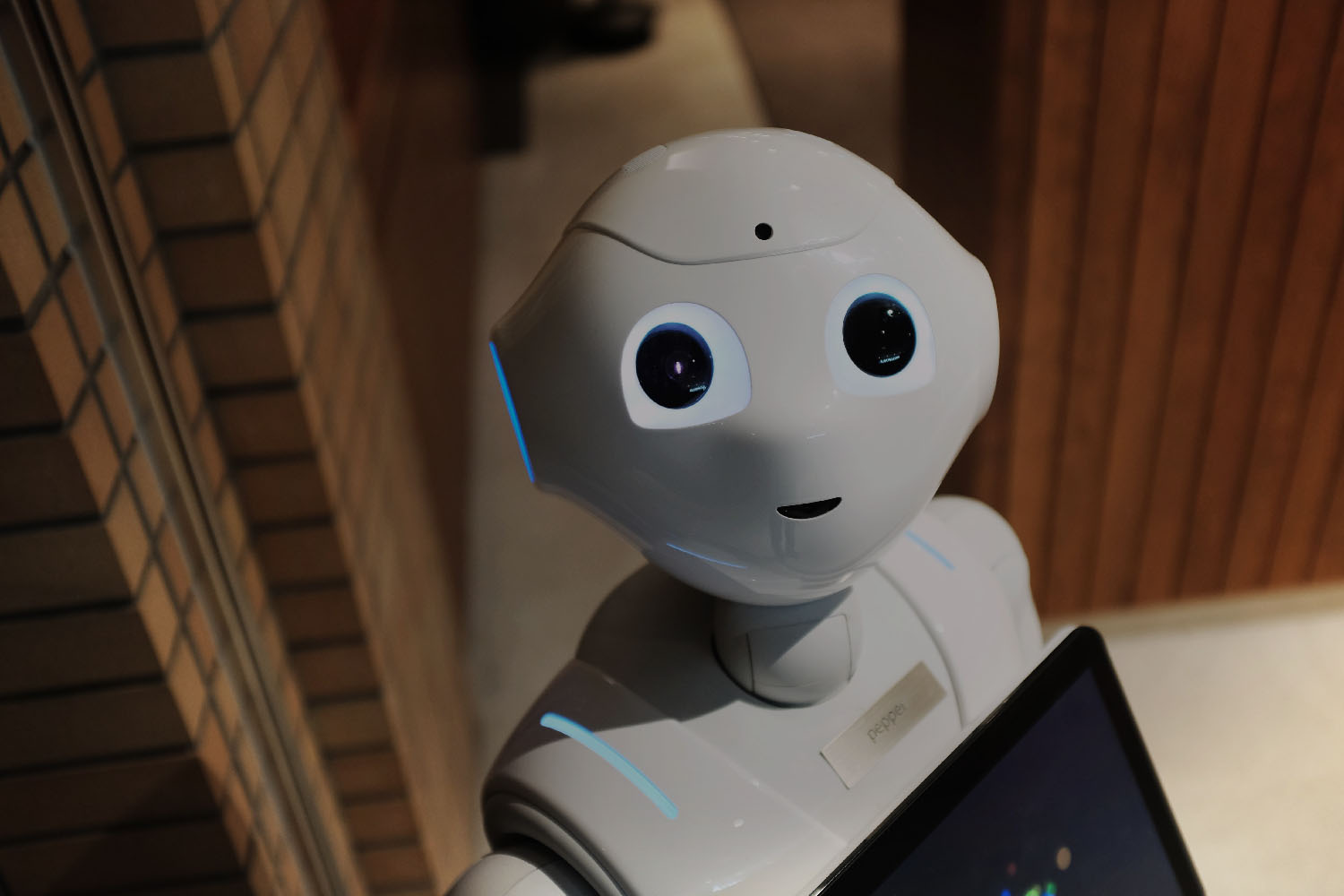It all started with a roomba.
OK, maybe not, but it is a product that has continued to become a more efficient tool in the home over the years by its ability to eliminate or at least decrease time-consuming and monotonous vacuuming duties for homeowners. And, as a robot, it saves energy because it’s a battery-powered product.
As for actually cleaning your carpet? Speaking from experience, that’s a different story. Driving your dog nuts? They do a great job with that! And if you ever accidentally step on a Roomba during its cleaning routine, you’ll be picking yourself gingerly off the floor and wondering how you ended up there in the first place.
Trust me, it hurts more than stepping on a Lego in the dark, and that hurts!
Here we are a few months away from 2019, and robots and robotics are (mechanically and efficiently) changing the landscape in everything from heavy manufacturing to service industries. Want proof? Search “robotics” on YouTube.
Yep, even coffee. Robots can now make your morning latte, thanks a lotte. But with our AI-enhanced mechanical friends comes peril as well. Walk into a robot’s “work envelope” without the right gear, and you could be taking a huge risk with your personal safety. Don’t have the right protocol in place or the right training installed for that new laser-cutting device, and danger abounds.
Is your drone properly trained to fly over populated areas? If not, look out below! Robots use energy, and energy when unharnessed as we all know can be dangerous. The goal of energy is often to cause movement—and movement itself can cause a perilous situation. A swinging robotic arm for example can cause severe injury if it accidentally connects with a human target. Batter out. There are a plethora of ways that interacting with a robotic source can lead to a workplace injury.
With our AI-enhanced mechanical friends comes potential peril.
While OSHA sees and identifies robotics as a growing concern, regulation is not in place. The law firm Seyfarth Shaw said it brilliantly in a recent blog: “While, again, OSHA does not have regulations specific to robots in the workplace, employers would be wise to conduct job hazard analyses and evaluate any existing or potential robotic equipment installation, to abate any hazards posed by these machines.”
Robotics can be managed well. Training, safety mechanisms, shut- offs, safety zones, protective gear and movement sensors all mitigate injury. But to really, truly, have a harmonious relationship with your shiny new friend, you need all of the above. Education is No. 1. When a human interacts with a machine, miscommunication, for lack of a better term, happens.
A great example is installation. Your robotic device might be perfectly safety- equipped with kill switches, sensors, malfunction capabilities, service notifications and more. But if it was, say, installed too close to a hard wall and causes excessive heat, you’ve got a problem. It truly is a game of inches.
So where to start? With protocol and expertise. Full understanding of your machinery is important, and that includes the understanding the dangers inherit in robotics and developing an accountability measure so someone “owns it” should an incident occur.
Some robots do have spatial awareness. But they are digital animals and operate using yes/no/on/ off programming. While technology is improving, most robots can’t “hear” you shout “stop!” They keep going and going. So if you pour all these elements into the EHS soup, the missing ingredient may well be training and expertise. When it comes to robotics, there cannot be a missed element, a gap in protocol, a missed item on a safety check or an overlooked source of potential injury. It has to be as close to perfect as possible. This is why the input of experts is invaluable.
After all, when an operator presses the “on” switch, the game changes immediately.
Tim Hermes is the former publisher of Environmental Leader magazine.


